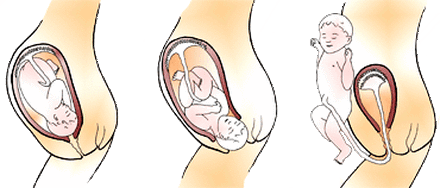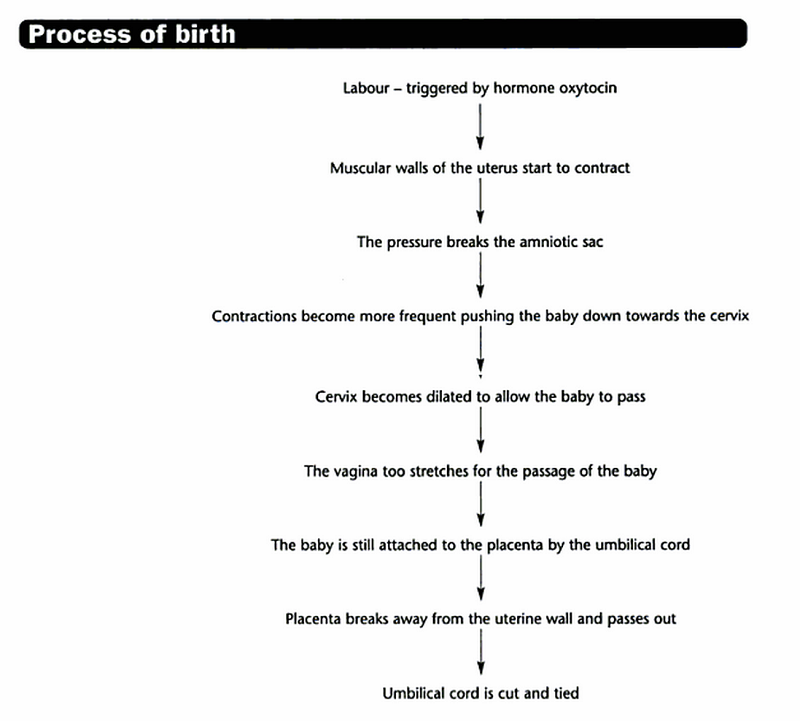#143 Stages of birth, labour
Birth begins when the strong muscles in the wall of the uterus start to contract. This first stage of birth (called labour) is triggered by the hormone oxytocin.
Stages of birth
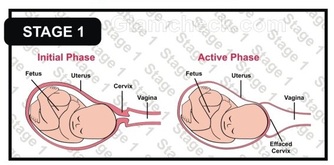
Stage 1
- The muscular walls of the uterus star to contract
- The pressure breaks the amniotic sac, releasing the amniotic fluid.
- Contraction gradually become more frequent, pushing the baby down towards the cervix, which become dilated to allow baby to pass through.
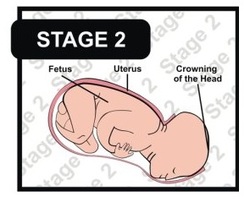
Stage 2
The vagina stretches to allow the baby to be born.
The vagina stretches to allow the baby to be born.
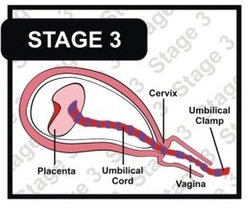
Stage 3
The baby is still attached to the placenta by the umbilical cord, so this is cut and tied. The placenta breaks away form the wall of the uterus and passed out (afterbirth).
The baby is still attached to the placenta by the umbilical cord, so this is cut and tied. The placenta breaks away form the wall of the uterus and passed out (afterbirth).
Try this
Describe, in sequence the main events which occur during birth. [3 marks]
Answer
Three points from:
- the wall of the uterus contracts
- the amniotic sac bursts
- amniotic fluid passes out though the vagina
- the cervix dilates
- the baby passes out through the cervix and vagina.

